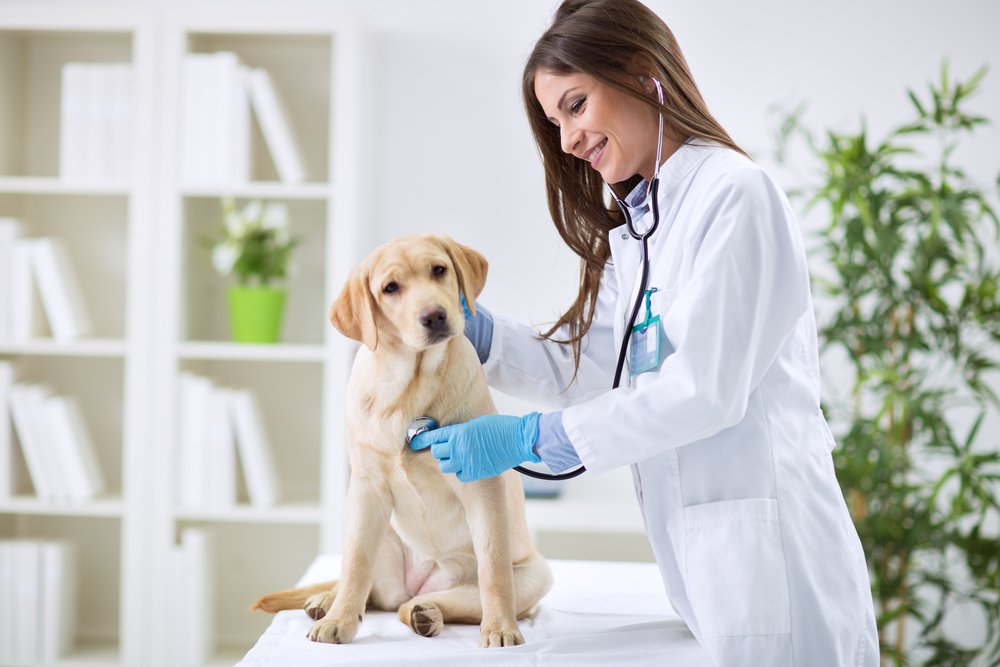Veterinarian offices are often a flurry of patients and pet parents in all states of emotional disarray. It is easy for staff to forget about medical waste guidelines when dealing with injuries and treatments. The priority for safety and efficacy must prevail to assure hazardous waste is appropriately dealt with.
Each state, and in many cases, each county in the U.S. has specific rules for medical waste management. These guidelines typically complement the Federal rules but may extend beyond to incorporate additional classifications and definitions. Staff training is a priority, but it is also just as important to ensure that all receive updates on information and waste handling.
Although it is considered to be a rarity in private practices, there may be situations in some veterinary offices where staff must handle non-human primates. OSHA does address this in an amended BPS in the classification of handling animal blood that may be hazardous. Specifically, if the animal has been infected with HIV or hepatitis. Check with your state to see if they have any specific regulations that may apply to your practice in this condition.
The definition of ‘sharps’ is not something that should be left to interpretation. Community regulations are very specific and you will need to check with your local and state regulations to see if it includes glass coverslips and slides. Both of these are typically included within the ‘sharps’ definition as they may contain pathogens that could infect human beings. However, in the process of testing; bacteria, parasites and other possible pathogens are inactivated during the processes. Confirm with your local guidelines and rules on this topic.
If a syringe is attached to a needle, the complete unit is considered to be classified as a ‘sharps object’. However, if not attached, some states classify the syringe as standard trash unless it has been contaminated with a potentially infectious pathogen. Other states require that syringes simply be considered standard medical waste. To comply with the appropriate guidelines you will need to confer with your local and state requirements.
All products related to chemotherapy operations are capable of harming human beings so they require special handling. These can include pads, medical vials, IV tubing and bags, gloves, gowns, etc. In almost all states, it is required to dispose of chemotherapy materials in the ‘yellow’ (not red) containers labeled with the universal chemotherapy warning symbol.
Any tissues that are obtained from animals during routine medical procedures or surgery are typically considered to be regular trash, with the exception of conditions where the animal may be suspected of having a disease that could be transmitted to human beings. These tissues can include biopsy specimens, ovaries, testicles, etc. In the case of an entire carcass from an animal that is non-infectious, they are often cremated or even buried. This latter situation should not be confused with standard medical waste disposal rules.
Although each veterinary practice may have some waste that might be considered to be hazardous to the general public, staff or even the environment, the biggest concern for this waste is ‘storage’. Every veterinary office should comply with the standard rules and guidelines for managing hazardous medical waste. Keeping existing and new staff educated on up-to-date rules and guidelines is critical.



